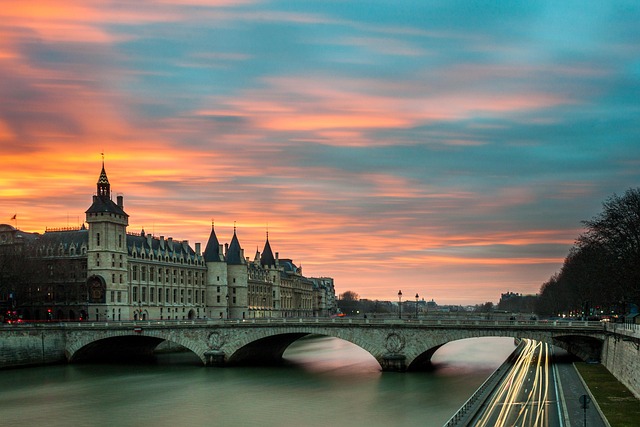Time-lapse photography is an extraordinary art form that transcends the ordinary boundaries of still photography, allowing us to witness the passage of time in a condensed yet aesthetically rich format. This technique captivates not only the eye but also the imagination, painting vivid pictures of transformation—be it a flower blooming, clouds rolling across the sky, or the hustle and bustle of city life. As photographers, getting the right optics is essential to becoming proficient in this genre.
At its core, time-lapse photography involves capturing a series of images at intervals, which are then played back at a speed that provides a sense of movement and change. The beauty of this form lies in its ability to showcase moments that would otherwise go unnoticed in the blink of an eye. Imagine standing before a sunset, capturing each shift in hue and intensity, and then reliving that moment as the colors blend seamlessly together in a matter of seconds.
The key to mastering time-lapse photography primarily rests on the choice of camera and lens. Selecting a camera with a built-in intervalometer or the ability to connect to an external device is essential. This feature enables you to set your desired intervals for shooting, whether it’s every second, minute, or hour. Your choice of optics plays a pivotal role in determining the final outcome of your work. Wide-angle lenses are particularly useful for landscape shots, where you want to capture sweeping vistas and the grandeur of natural scenes. On the other hand, macro lenses can beautifully document the intricate details of nature’s smallest wonders.
When venturing into time-lapse photography, consider the lighting conditions carefully. Optimal lighting often ensures your images remain visually appealing, even as they capture prolonged exposure times. Early morning or late afternoon light, commonly referred to as “golden hour,” can enhance your imagery with a warmth that adds depth to your time-lapse sequences. Clouds moving, shadows stretching, and colors evolving come alive during these magical moments, narrating a story that speaks to the viewer’s emotions.
Don’t forget about the importance of stability; using a sturdy tripod becomes indispensable for achieving crisp and consistent shots. Even the slightest vibration can ruin your work, causing distracting movements in the final video. With a solid support system in place, set your camera to manual focus to avoid any autofocus shifts that could create jarring moments in your flow of time-lapse photography.
Post-processing is another layer where you can refine your captured moments. Software like Adobe Lightroom or Final Cut Pro allows you to compile your images and adjust elements like exposure, contrast, and color balance. When done right, your time-lapse sequences can evoke feelings of nostalgia, wonder, and even exhilaration, inviting viewers into the narrative you have crafted.
As you embark on your journey through the dynamic world of time-lapse photography, remember that each project presents an opportunity to experiment and express your unique vision. Dive into the nuances of camera settings, explore different lenses, and let your creativity blossom as you capture fleeting moments that deserve to be celebrated. In a world rushing by, time-lapse serves as a reminder to pause, observe, and appreciate the beauty of change.



